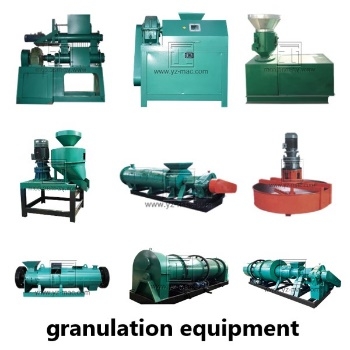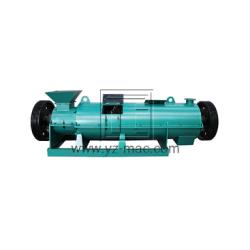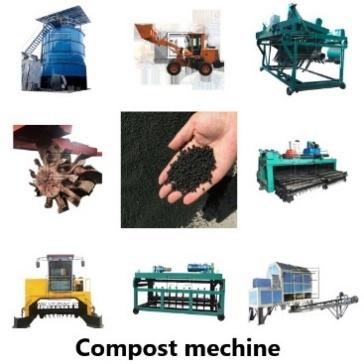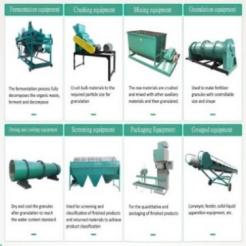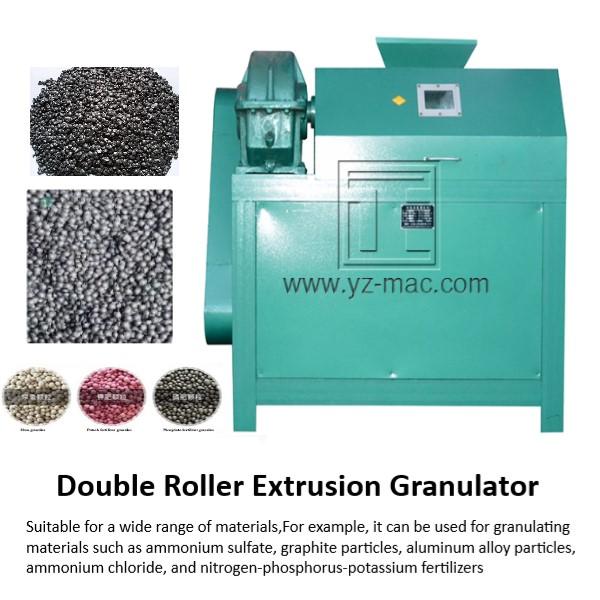Fertilizer mixing equipment
Fertilizer mixing equipment plays a crucial role in the fertilizer manufacturing process by facilitating the efficient blending of different fertilizer components. This equipment ensures a homogenous mixture, enabling precise nutrient distribution and optimizing fertilizer quality.
Importance of Fertilizer Mixing:
Effective mixing of fertilizer components is essential for achieving a balanced nutrient composition and ensuring uniformity in the final fertilizer product. Proper mixing allows for consistent nutrient distribution throughout the blend, preventing nutrient imbalances and ensuring optimal plant uptake. Additionally, homogeneous mixing improves the physical properties of the fertilizer, such as particle size and density, facilitating accurate application and improved crop yield.
Types of Fertilizer Mixing Equipment:
Horizontal Mixers:
Horizontal mixers, such as paddle mixers or ribbon mixers, are commonly used for blending dry granular or powdered fertilizer components. These mixers feature rotating shafts with paddles or ribbons that move the fertilizer materials horizontally, ensuring thorough mixing. Horizontal mixers are versatile, easy to operate, and suitable for small to medium-scale fertilizer production.
Vertical Mixers:
Vertical mixers, also known as cone mixers or vertical screw mixers, are designed for blending both dry and liquid fertilizer ingredients. These mixers feature a vertical mixing chamber with rotating screws or blades that lift and tumble the fertilizer materials, ensuring consistent mixing. Vertical mixers are well-suited for larger fertilizer manufacturing operations and offer high blending efficiency.
Tumbling Mixers:
Tumbling mixers, such as drum mixers or rotary mixers, use a rotating drum or container to blend the fertilizer components. The rotation of the drum creates a tumbling action, ensuring thorough mixing. Tumbling mixers are versatile and can handle a wide range of fertilizer formulations, making them suitable for various fertilizer production processes.
Applications of Fertilizer Mixing Equipment:
Custom Fertilizer Blending:
Fertilizer mixing equipment is essential for custom blending, where specific nutrient ratios are required based on soil analysis or crop needs. These mixers ensure accurate blending of different fertilizer components, such as nitrogen, phosphorus, potassium, and micronutrients, to achieve the desired nutrient composition.
Specialty Fertilizer Production:
Fertilizer mixing equipment is used in the production of specialty fertilizers, including controlled-release fertilizers, micronutrient-enriched fertilizers, and water-soluble fertilizers. These mixers ensure precise blending of additives and micronutrients to create specialized fertilizer formulations that address specific crop requirements.
Fertilizer Granulation:
In fertilizer granulation processes, mixing equipment is utilized to blend the base materials, binders, and additives required for granule formation. Proper blending ensures uniform distribution of the ingredients, promoting the formation of consistent-sized granules with balanced nutrient content.
Bulk Fertilizer Blending:
Fertilizer mixing equipment is employed in bulk fertilizer blending facilities where large quantities of fertilizers are produced. These facilities combine different fertilizer components, such as nitrogen, phosphorus, and potassium sources, to create blended fertilizers suitable for specific soil types or crop requirements. Efficient mixing ensures consistency in the blend and enables the production of high-quality bulk fertilizers.
Fertilizer mixing equipment plays a vital role in the fertilizer manufacturing process, ensuring efficient blending of fertilizer components and creating homogenous fertilizer blends. Proper mixing improves nutrient distribution, enhances physical properties, and enables accurate application, resulting in improved crop yield and optimal nutrient utilization. By utilizing the appropriate type of fertilizer mixing equipment, such as horizontal mixers, vertical mixers, or tumbling mixers, manufacturers can enhance fertilizer blending efficiency and produce high-quality fertilizers for various agricultural applications.


